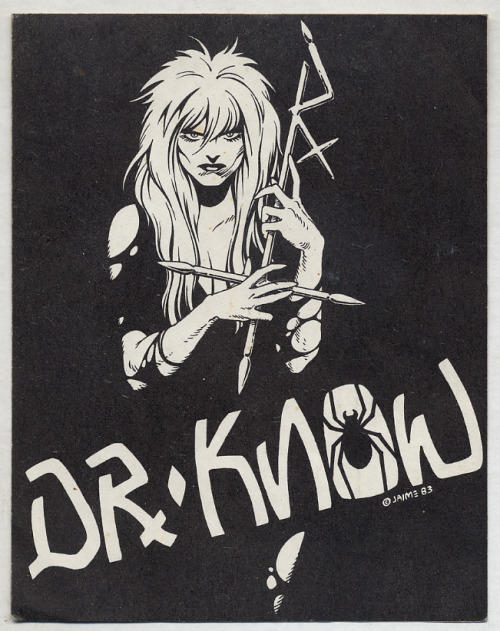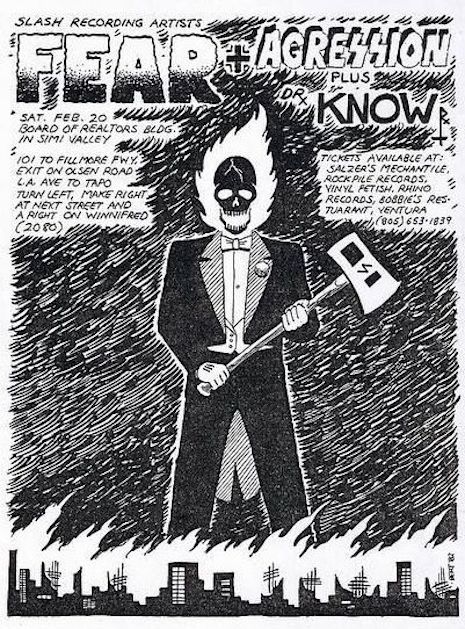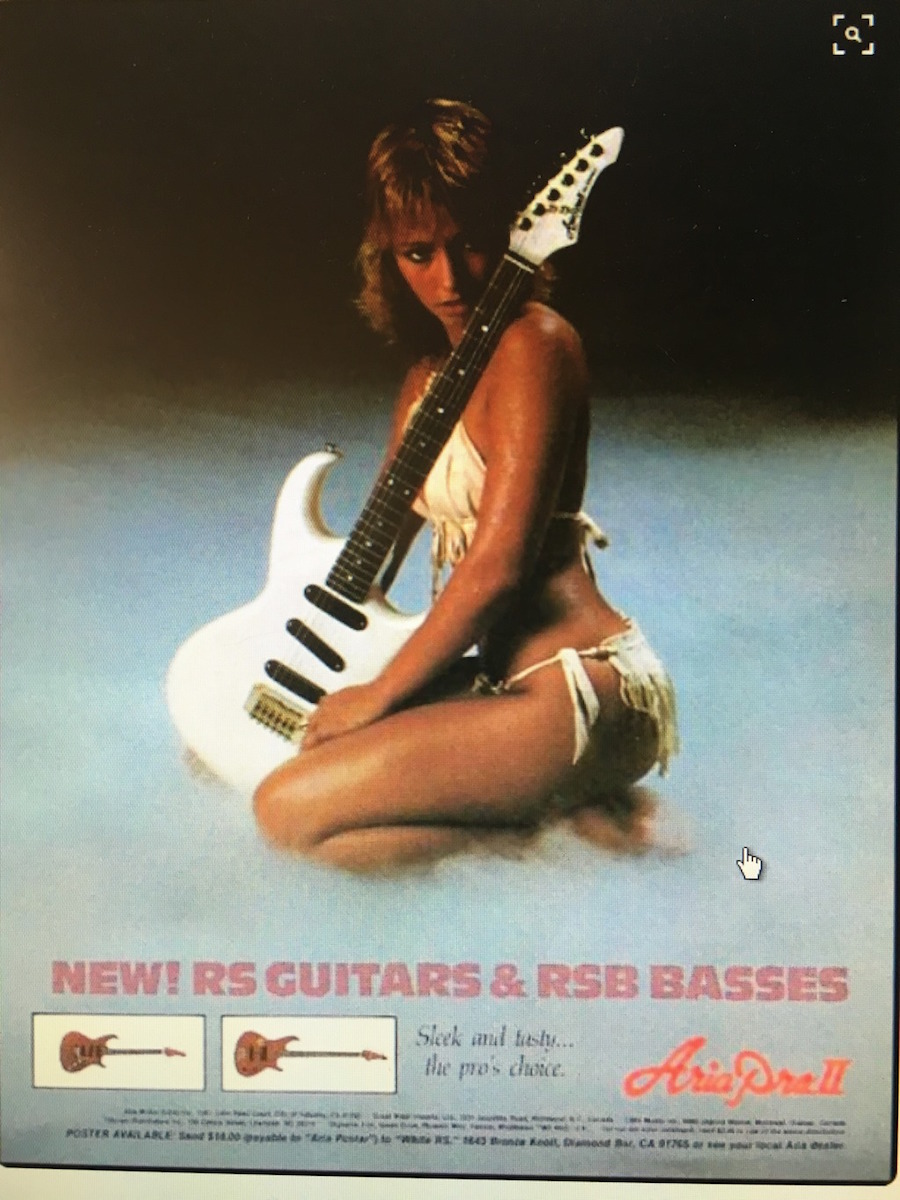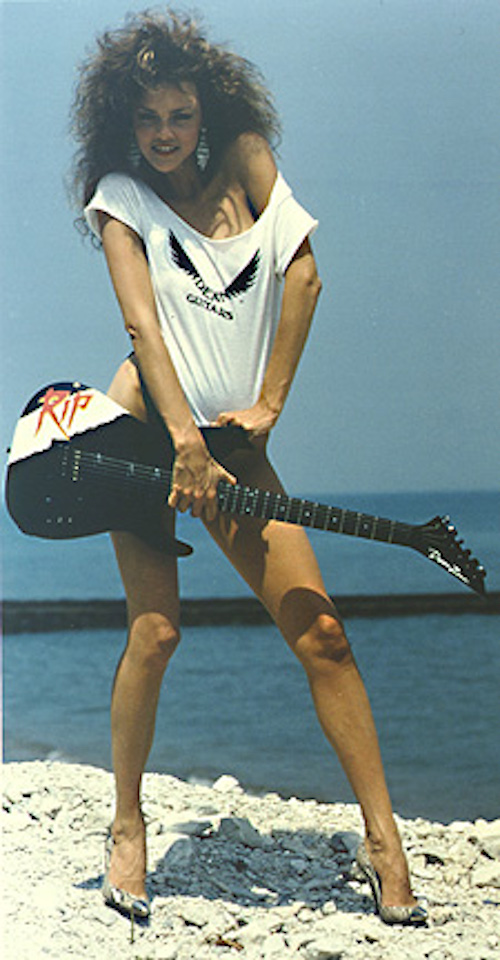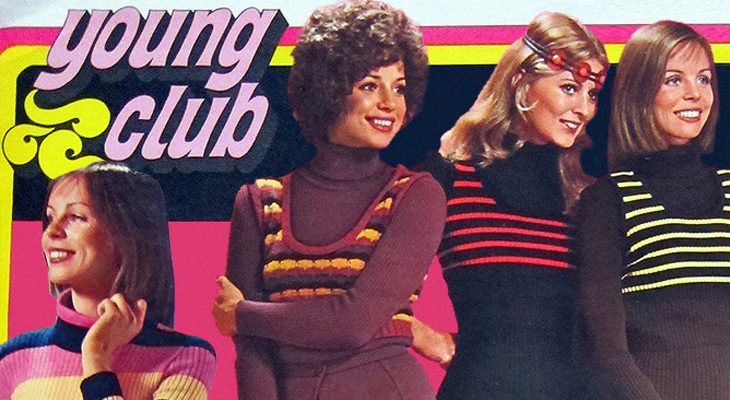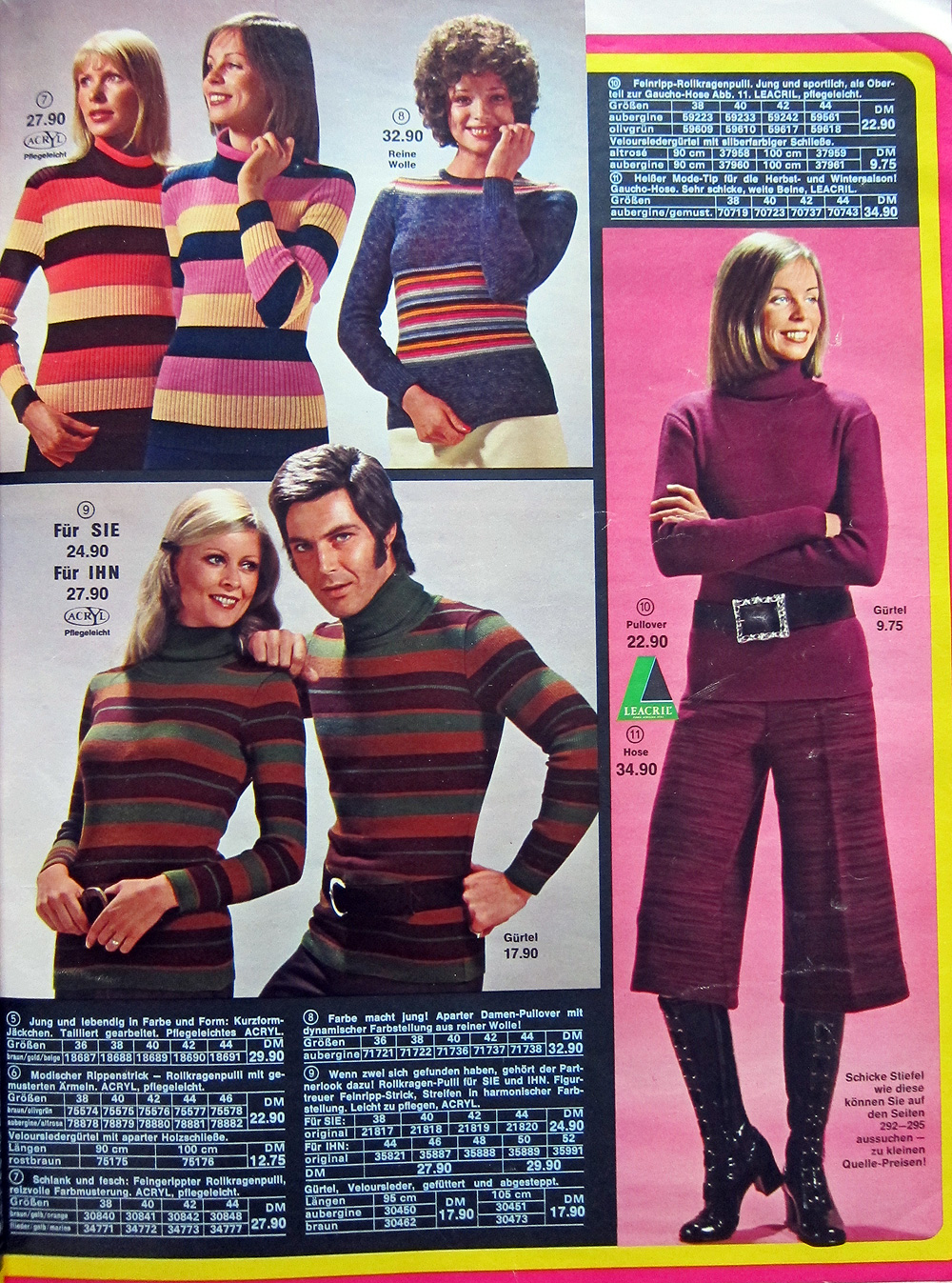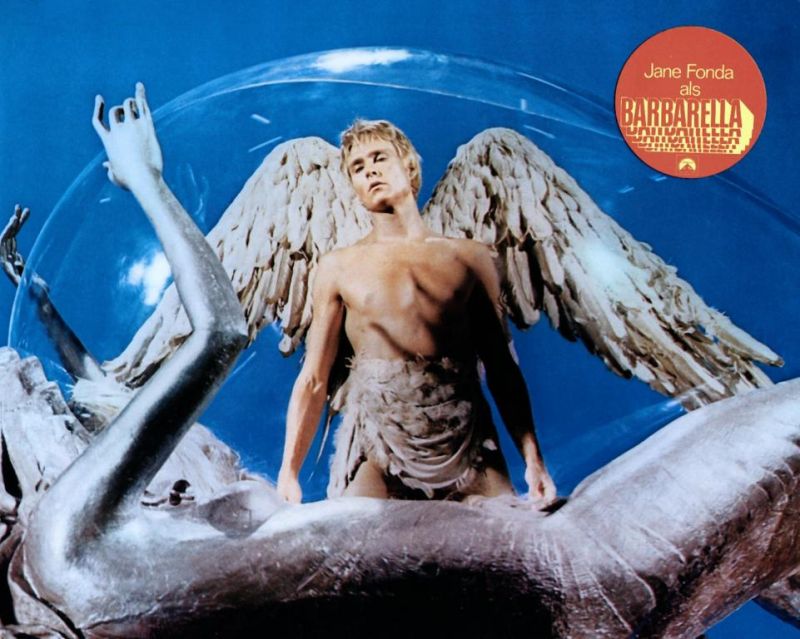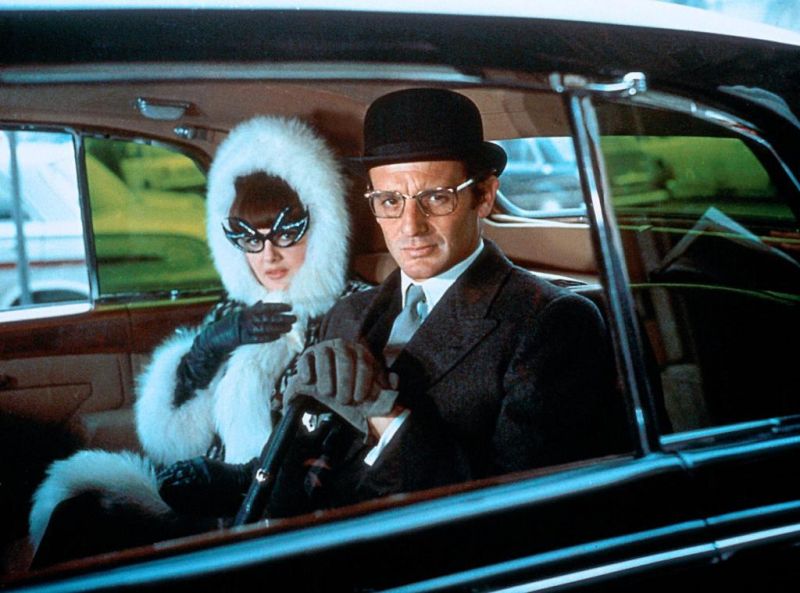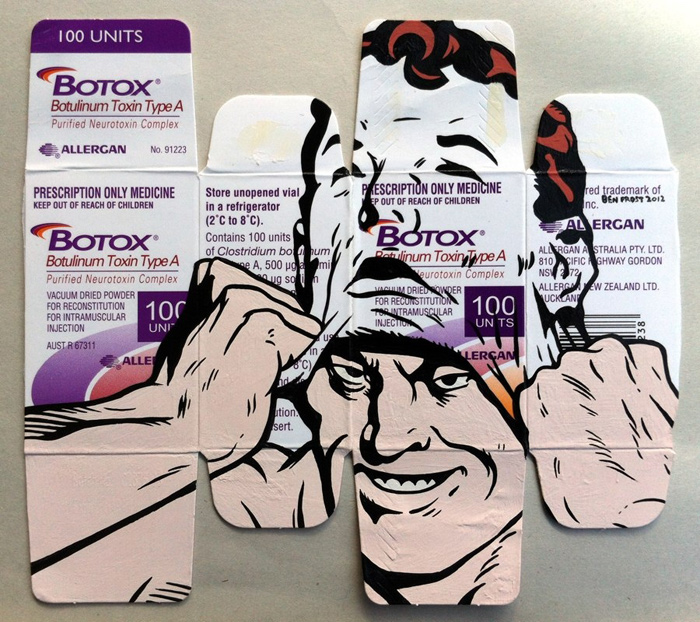
Around the time that he became an authentic jazz superstar in the mid-1960s, Charles Mingus became obsessed about avoiding exploitation at the hands of “distributors and retailers.” Mingus was unusually DIY for his era, and he made concerted efforts to secure an unusual amount of control over the production and distribution of his music, a process that included setting up an organization called Charles Mingus Enterprises with a Charles Mingus Record Club. Mingus tried to self-distribute his albums via mail order, and to that end hired artists and layout people to make newspaper ads touting his albums.
As Gene Santoro writes in Myself When I Am Real: The Life and Music of Charles Mingus:
Janet Coleman and Susan [Mingus’ fourth and final wife] and assorted others helped with Charles Mingus Enterprises. Some, in the Beat tradition, drew cartoons for ads and the album cover. But Charles and Susan ran it. Mingus wanted to sell only by mail order, so he couldn’t be ripped off by distributors or retailers. He wouldn’t lug stock and collect checks. It would be straightforward. It was his.
He planned to put ads in the burgeoning counterculture papers, many, like the Village Voice, started by Beats. He wanted the ads to look homemade.
However authentic Mingus’ annoyance on this subject, it seems that this phase didn’t last all that long. In this online forum you can read the musings of several Mingus fans reminiscing about the Mingus’ mail-order album Mingus at Monterey, which came out in 1964—it’s noteworthy that they don’t talk about any other mail-order albums, just that one. In commenting on that album, Wikipedia even mentions that it was released on Mingus’s “short-lived mail-order Jazz Workshop label.” And the Internet is not teeming with images of the ads Mingus put out—far from it.
Mingus had a full comic strip put together in a vaguely Dick Tracy-ish style; it appeared in the Village Voice in December of 1966. Its title was “Charles Mingus Fingers the Record Hi-Jackers”—in the strip, a female beatnik named “Chris” goes into a record shop to inquire about getting ahold of some LPs by “Charlie Mingus.” Sure enough, the shop owner does have some, and sells six of them to Chris. In the final two panels (one doubling as a kind of mail-in coupon), Chris meets Mingus on the street and reports to him on the store’s nefarious bootleg trade. Chris says to the jazz great, “That cat dropped six of your albums on me! Do I get to collect that $1000 reward when you turn him in Ming?”
As one can see from the signature at the bottom left, the strip was executed by Gene Bilbrew, an African-American cartoonist whom some credit with creating the first black superhero, the Bronze Bomber. Bilbrew had once been an assistant to comics legend Will Eisner. Later on Bilbrew worked as a fetish artist at Irving Klaw’s bondage-oriented Movie Star News/Nutrix company; Klaw also discovered Bettie Page.
At the bottom of the strip is a cut-out coupon to enable the reader to order Mingus at Monterey, “the latest Mingus Town Hall 1964 album,” and/or Music Written for Monterey.
Santoro describes it thus:
The plot: a beautiful woman helped him ferret out bootleg record dealers by going into shops and asking for his records, which were going out of print. He appeared with her, to urge readers to buy his stuff only through the mail. He was drawn wearing his khaki army shirt with many pockets and a snapbrim fedora.
In the strip, Chris mentions a $1,000 reward that Mingus is willing to pay. According to Santoro, Mingus included a similar mention in a different advertisement in the Village Voice, which took the form of a “Legal Notice” indicating a “$500.00 Reward for evidence which secures conviction of any person selling these records.”
Read the strip after the jump…






